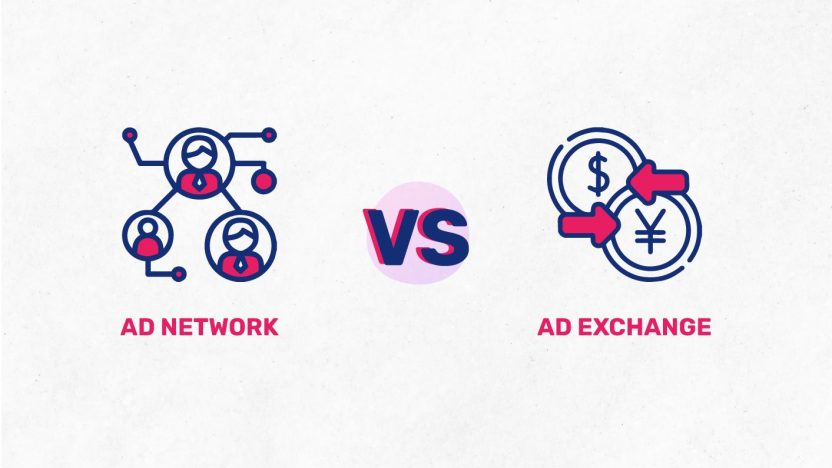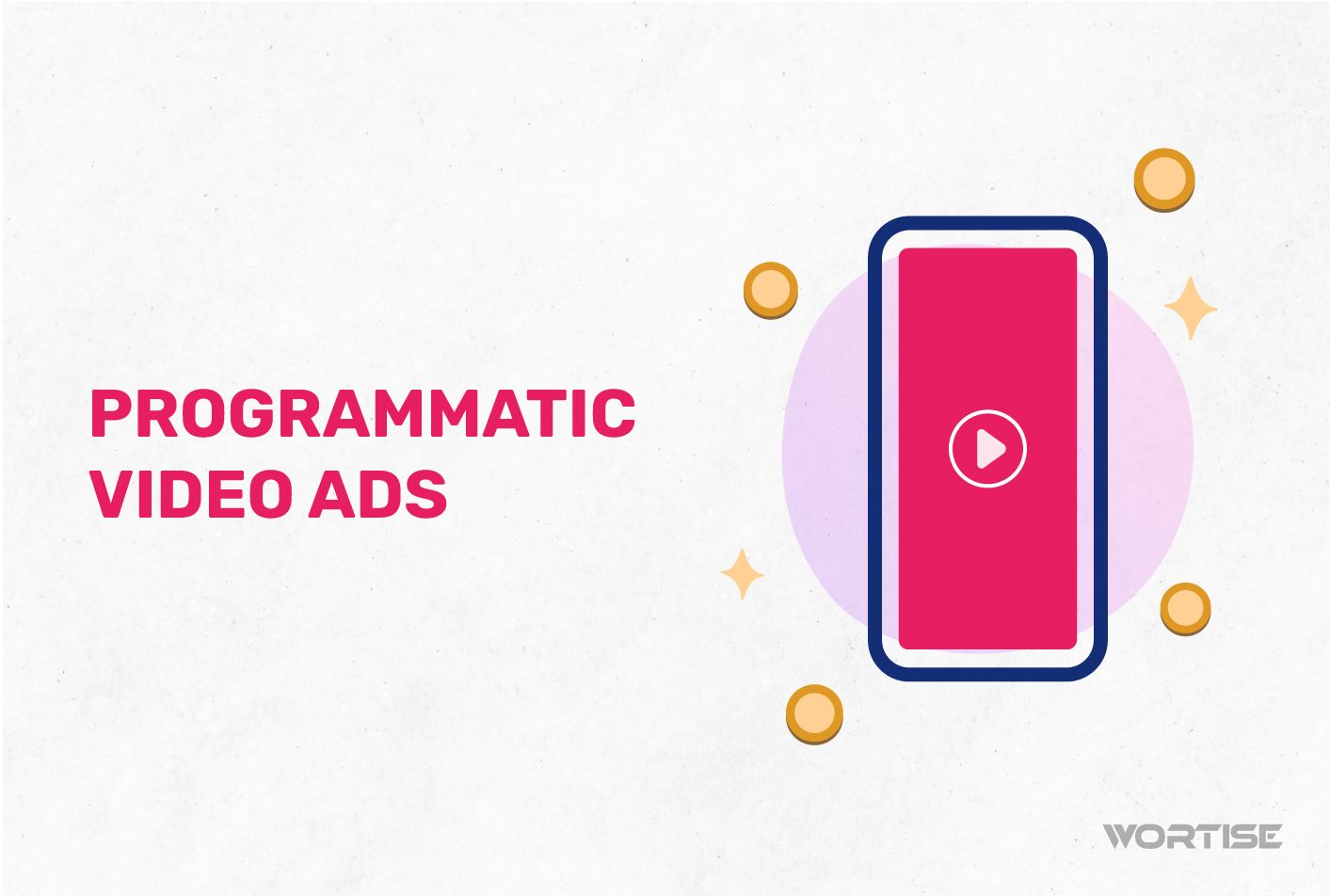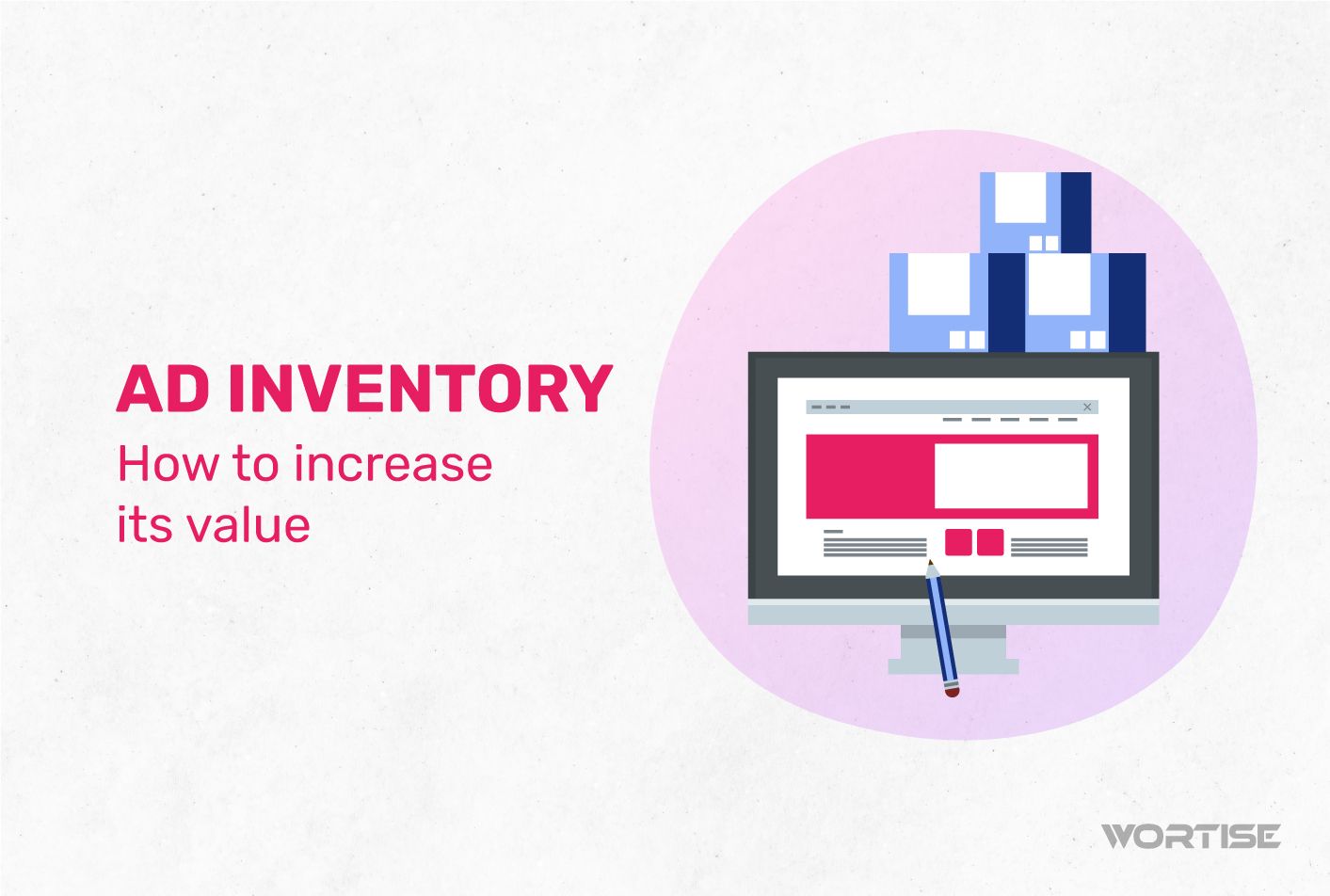Being a publisher essentially means making your application available for programmatic advertising and earning good profits. However, when it comes to monetization, it is common to wonder which path is more profitable for placing your ad inventory, which leads us to compare ad networks vs ad exchanges. Which one generates more earnings?
To answer that question, we need to understand how these environments for ad placement were created, their operational logic, and to what extent they are profitable spaces for you. When you understand the scope of each one, you will be able to refine your monetization plans.
The history of ad networks vs ad exchanges: from chaos to organization in programmatic advertising
Having ad networks and ad exchanges is not arbitrary. It is the result of the evolution of the programmatic advertising ecosystem, which progressively advanced towards clear and transparent schemes for advertisers and publishers.
When the internet began to grow as a space for advertising in the early 2000s, ad placement became a challenge. We transitioned from more controlled environments to a space with greater reach. Advertisers and publishers panicked: How could they maintain control over ads without losing track of them? How could they ensure a proper return on investment?
Those were times of transformation and challenges that demanded immediate action. The answer came through intermediation, with the creation of ad networks. Basically, they function as intermediaries between advertisers and publishers, managing the supply and demand of ads.
This provided temporary relief to the anxieties of the digital advertising environment at that time. However, challenges soon arose: several publishers had difficulty fully placing their ad inventory. This was a problem, especially in an environment where other forms of monetization were still nascent.
What could be done? How could ad placement be optimized to ensure the sustainability of programmatic advertising? The answer came with the activation of ad exchanges, which facilitate direct exchange between advertisers and publishers through real-time transactions. This created an alternative for placing unsold ad inventory.
The advent of ad exchanges solidified the development of programmatic advertising. It also led to the refinement of the relationships between advertisers and publishers through demand-side platforms (DSPs) and supply-side platforms (SSPs).
How to distinguish an ad network from an ad exchange?
The difference lies in how these networks operate. An ad network mediates between the supply of ad space and the demand from advertisers. How do they do it? By grouping inventories based on contextual criteria (ensuring ads are relevant to the nature of the publisher), demographics, audiences, ad formats, and other criteria.
With this classification, they develop the process of ad placement for effective matching between creatives and ad spaces. If we were to compare them to merchants, ad networks can be defined as wholesalers who distribute impressions offered by publishers among a community of advertisers.
Given their reach, the relevance of ad networks for the success of programmatic advertising is recognized. Just look at the results obtained by platforms like Google AdMob to understand their scope and value.
On the other hand, an ad exchange is a negotiation space between publishers and advertisers. The ad inventory is offered in real time through bidding, which means the price of your inventory can fluctuate. This is made possible through applications designed for this process, eliminating the intermediary and making transactions transparent.
Based on the parameters set by advertisers and advertising agencies, they are willing to make better offers if placing their ads in your application is more convenient for them.
How to sell your ad inventory in an ad network and an ad exchange?
By understanding how these networks operate, you can better grasp the advantages they offer as a publisher and what you can expect in terms of earnings. You will also understand the logic applied by advertisers and other actors involved in buying impressions for programmatic advertising.
“I am the seller of your inventory”: How an ad network works
When we said that an ad network operates like a wholesaler, we weren’t exaggerating. Just like a seller of large volumes of products, an ad network classifies the existing ad space supply and connects it with advertisers who can make the best use of that inventory.
So, how do they do it? Through a mediation process between publishers and advertisers. They are not directly in contact throughout this negotiation process, which unfolds as follows:
#1 Publishers and advertisers connect their platforms with the ad network
Each party configures it according to their interests. Publishers integrate it into their application to facilitate access to their ad inventory, while advertisers program their advertising campaigns through this network.
#2 Publishers define the inventory they want to offer
They establish the number of impressions they want to make available to the ad network, as well as the minimum offer for this inventory. Typically, they offer their premium inventory through this channel.
#3 Advertisers configure their campaigns
They determine the target audience they want to reach, the type of creatives they want to display, the allocated budget, and the payment model (cost per click, per view, per installation, among others).
#4 The network analyzes the characteristics of the ad inventory and ads to make effective matches
In this way, it ensures the placement of relevant ads for audiences based on their geolocation, age, habits, and other segmentation data.
#5 Campaigns and ad spaces are connected
Once an advertiser purchases a publisher’s ad inventory, the planned ads will start appearing in the application. Success is measured in terms of effective cost per thousand impressions (eCPM) for the publisher and Return on Investment (ROI) for the advertiser.
#6 The ad network charges a commission for its mediation work
Publishers and advertisers pay the network for its management services.
How many types of ad networks are there?
In programmatic advertising, several types of ad networks are recognized: horizontal ad networks, known for their broad reach among publishers and advertisers; premium ad networks for top-level publishers; vertical ad networks designed to reach relevant publishers in specific niches or formats.
Millisecond Auction: How an ad exchange operates
When comparing the behavior of an ad network vs an ad exchange, we can see that ad exchanges function as direct negotiation spaces for the placement of creatives. Instead of a salesperson, there is a platform where agreements are made within milliseconds.
How does it work? Through real-time auctions or Real-Time Bidding (RTB). In this process, supply-side platforms (SSPs) provide publishers’ ad inventory, and demand-side platforms (DSPs) enable advertisers to manage impression buying for their campaigns.
Specifically, the operations of an ad exchange are managed as follows:
#1 Publishers link their application to an SSP, making their ad inventory available for auction within the programmatic advertising ecosystem.
#2 Advertisers manage their campaigns through DSPs, defining segmentation criteria, ad formats, and available budgets. Thus, impression buying is automated.
#3 With each opportunity to serve an ad, a real-time auction takes place. When a user enters an application, a bidding system among advertisers is immediately activated. The impression is sold to the highest bidder, who then has the opportunity to display their creative on that platform.
In this process, ad segmentation criteria and their alignment with the type of users of the application offering impressions are crucial.
#4 Once the auction is conducted and the transaction is completed, the creative is shown to the user. Surprisingly, this entire process happens within milliseconds. Users of your application cannot imagine that the ad they just saw resulted from an intense bidding process.
How many types of ad exchanges are there?
As a space where SSPs and DSPs meet and analyze their needs, ad exchanges face the challenge of managing high volumes of supply and demand. At the same time, they must meet the needs of advertisers who want to advertise on premium ad spaces.
To address this challenge, there are two types of ad exchanges available today:
Open Ad Exchange
This type offers a wide range of ad inventory. It is useful when advertisers want to expand the presence of their campaigns across multiple platforms. However, in terms of transparency, some stakeholders in the programmatic advertising ecosystem have reservations about these networks, fearing potential fraud risks.
Closed Ad Exchange
In a closed ad exchange, the sale of ad inventory is more controlled. Only specific advertisers and agencies participate in the auctions, defined through a list of preferences. This ensures higher levels of reliability and transparency.
Which one generates more revenue? Ad network vs Ad exchange
Now that you understand how ad networks and ad exchanges work, you can see that the monetization possibilities depend on the particular dynamics of each one.
According to Spiceworks, the main advantage offered by ad networks lies in their ability to handle the pricing of your ad inventory. In fact, you can sell it at a higher price than the base price of your inventory since advertisers have limited negotiation power.
However, the ease of managing the price of your impressions contrasts with the main disadvantage of an ad network: you are unaware of the buyer’s characteristics for your inventory. This can impact the reputation of your application and, consequently, affect your monetization opportunities.
These risks are not present with ad exchanges, as transactions are transparent for both publishers and advertisers. Additionally, if you have remaining inventory, you have more opportunities to place it. However, the price of these impressions depends on advertisers.
So, which one generates more revenue?
Generating more revenue through monetization will depend on the characteristics of your application, your plans as a publisher, and your experience in the world of programmatic advertising. If you’re just starting out and want to build a reputation as an editor, offer your premium inventory, and maintain control over the price, then the path for you is an ad network.
On the other hand, if you want to target advertisers with a more precise profile, increase your reputation, and place your additional ad inventory, ad exchanges are the way to go. They provide a secure avenue for your earnings and peace of mind.
Ultimately, the success of your choice will depend on an effective evaluation of the potential of your application as an advertising space.
Ad Network vs Ad Exchange? Resolve the dilemma with Wortise and increase your earnings
Hello, publisher! Your ad inventory is your greatest asset. Use the advantages of your application to reach premium advertisers, increase your earnings, and establish your reputation as an editor with us. You have the potential; we have the experience.
At Wortise, we help you increase your earnings as a publisher through our advanced ad network platform with over 100 ad networks.
We provide personalized support, the highest eCPM in the market, and guidance with tactics to maximize your earnings.




